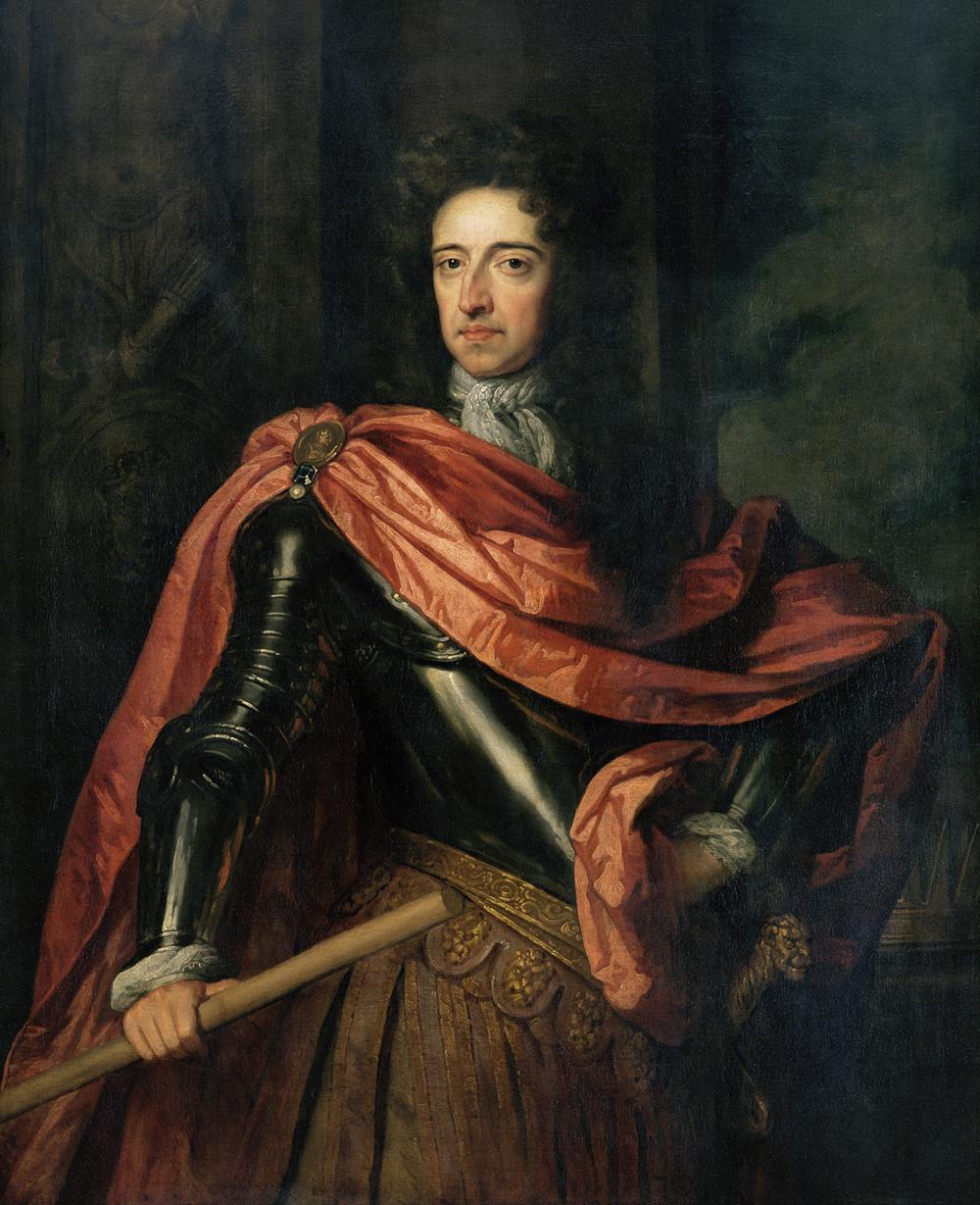The Decretals of Gregory IX went into effect in 1234 A.D., however the specific provision I quoted in my last post went into effect slightly earlier, because an identical text was included in the Twelfth Ecumenical Council in 1215 A.D. (The Decretals simply adopted the text of Canon 18 of that Council, which was already binding on the western part of the Catholic Church.)
In addition, in 1179 A.D. the Eleventh Ecumenical Council decreed that the Church should not make use of punishments involving bloodshed; only the civil powers should do that: “As St. Leo says…the discipline of the church should be satisfied with the judgment of the priest and should not cause the shedding of blood.” “[Rather] it is helped by the laws of Catholic princes so that people often seek a salutary remedy when they fear that a corporal punishment will overtake them.” (Canon 27)
These provisions remained in Canon Law until 1917 when Pope St. Pius X issued a new Code of Canon Law. They are also repeated in an edition of Canon Law from 1582 A.D. that had been published by Pope Gregory XIII.
For more details check this out:
"The Church Does Not Kill" - Testimonies from Church History
http://www.historyandapologetics.com/2017/04/the-church-does-not-kill-testimonies.html
Regarding how separate the Church was from the State, it depended on each state’s rules. Theoretically the Church said the civil power is separate from ecclesiastical power, see this for examples:
Church and State in the Fathers and Doctors of the Church
http://www.historyandapologetics.com/2016/02/church-and-state-in-fathers-and-doctors.html
Nonetheless, despite the theory of a distinct separation of powers, it could sometimes seem a bit blurry in practice. The pope himself was an absolute monarch over a big chunk of modern Italy, though he delegated his civil powesr to his governors. Some states where the separation of powers was more clear still had magistrates called “prince-bishops,” who were quite literally a bishop appointed by the pope – and a delegate of the State – appointed by the crown – with both civil power and ecclesiastical power over a diocese. They did everything any other prince would do, even though they were bishops.
The theory apparently was that a responsible prince-bishop, including the pope, could keep his civil power and his ecclesiastical power distinct in his mind, and, so to speak, wield the crosier in one hand and the scepter in the other, while keeping the theoretical distinction between the two quite clear. If they used their civil power to authorize an execution, it was different from their ecclesiastical power, because Canon Law forbade them from doing such things in their capacity as clerics of the Church.
The bishop who handled the case of St. Joan of Arc was not supposed to be present at her execution or write a sentence involving death. His violation of this ecclesiastical law was investigated as part of the canonization process for St. Joan, and it was one of the reasons the Church declared her trial null and void.


